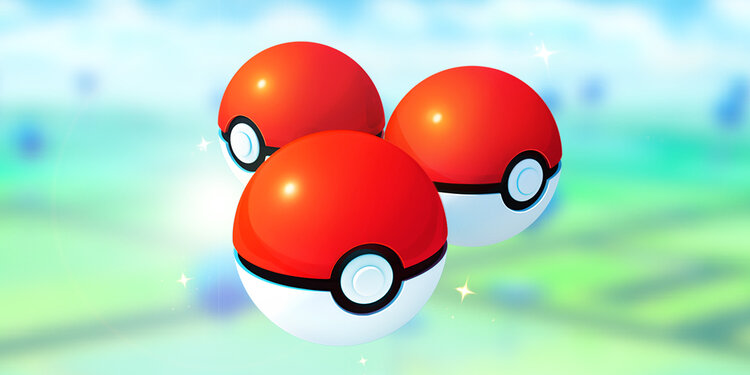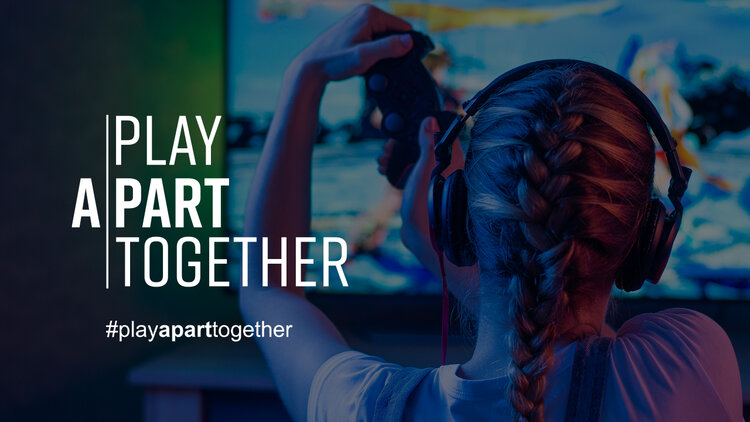Is this the end of Location-Based gaming?
COVID-19, social distancing, lockdowns. The pandemic has had an impact on the way we play games. But how has the genre of Location-Based Games been faring? Did the genre survive? Are people still chasing Pokémons or chasing dinosaurs?


This article was originally published on The PX Hub, my personal blog specializing in content on Player Experience in game development. Find insights, best practices and handy tips to help you ensure your players stay happy and engaged.
During the first few months of the COVID-19 pandemic, we saw an increase in video streaming and overall web traffic, but gaming usage swept past both. Except for Animal Crossing breaking physical sales records, digital sales were on the rise. Adjust reported that mobile game downloads surged in Q1 of 2020 by 75% when compared to 2019, and session time in games jumped by 47%.
Those are impressive numbers! But what happened to Location-Based Games during this time of social distancing and nation-wide lockdowns? Did they stop being a viable form of entertainment or did they manage to adapt the Player Experience to fit the circumstances?
#PlayApartTogether
While the world adapted to our new reality, and consumers were spending more time and money on games, a good number of mobile games showed their support for campaigns and collaborative efforts. One such initiative was #PlayApartTogether, a collaboration of the World Health Organisation (WHO) and the video games industry with special in-game events, activities and rewards to help people and those around them stay safe.
In the list of developers, we saw studios such as Riot Games, Kabam, Playtika, Glu Mobile and many others. The number of video game companies involved kept on growing over time. So did the offering of in-game activities. King temporarily adding unlimited lives to Candy Crush Saga and 6 other titles in their portfolio was a perfect example of how this worked in practice. Some studios even kept the activities going for prolonged periods of time, or made them permanent.

“A Wild Pokémon GO Appears”
So how did Location-Based Games fare and did they manage to adapt to this new reality? Niantic’s Pokémon GO did not only see revenue spikes at the early stages of the pandemic, but the number of installs had also risen considerably: 1.6 million first-time installs over the week of March 9th. And it didn’t end there. According to mobile analyst firm Sensor Tower, the game earned more than $1 billion in the first 10 months of 2020, with $445.6 million in player spend during H1, making it the single most profitable year for Pokémon GO.
While Community Days were cancelled or postponed, Niantic also made a variety of changes to the game that better suited the circumstances. Players could remain safe and indoors, yet still had access to a lot of the content and activities the game offered. Cheap one-off purchases, Gifts dropped more frequently, Pokémon habitats more spread out - Pokémon GO itself seemed to have evolved.
A list of Player Experience improvements:
Eggs with ½ hatch distance. Movement still required, but not necessarily outdoors.
Cheap special item bundles. Weekly rotating bundles for just 1 Pokécoin.
Doubled Gym Interaction distance. The radius which Gyms can be accessed in was increased, making it easier to get in there and get battling.
No more walking required to unlock GO Battle League battles. Walking requirements to access the battles were removed.
Battle with trainers who aren’t Ultra Friends. Almost all battle restrictions were lifted.
Remote Raid Pass. No need to physically be present at a Raid with this item.
These changes took place in mid-March, but recently Niantic stated they had updated the temporary bonuses globally and will be keeping them in place through at least June 2021. Not only that; the changes led to a shift in philosophy around designing content for the game. From “Play out in the world”, to “Play at home” to “Play Where You Are”, supporting players who need to stay indoors, and players in more isolated areas with less restricted movement.

“You’re a wizard, Harry!”
Not only Pokémon Go experienced an overhaul; some of these changes also found their way in some form to Harry Potter: Wizards Unite and Ingress, the other Location-Based Games in Niantic’s portfolio. The amount of content available near players in Wizards Unite was increased, including more traces on the map, rare tonics and spell energy. Gifts were tweaked to include more helpful items and ingredients, Portkey interaction distance was halved and Foundables now spawned in players’ homes.
Ingress (or Ingress Prime) saw mainly a redesign in Portal play to encourage at-home play. In short, the need to interact with multiple Portals was drastically reduced, so that players were not forced to travel to landmarks and break social distancing measures. Despite the changes, the revenue of Pokémon GO dwarfed both Ingress and Harry Potter: Wizards Unite with the latter earning an estimated $6 million in player spend during H1 of 2020.
“Clever girl.”
Niantic was not the only developer of Location-Based Games that adapted to the situation. Ludia Games, the developer of Jurassic World Alive, also made changes to ease the experience of its players during these times. Cheap in-game bundles, increased Drone range for everyone and shorter Strike Tower event cycles were announced to help alleviate the challenges caused by COVID-19. In response to a steep rise in extensive in-game sessions, Ludia decided to increase the frequency of events to keep players engaged. This content was to be found all over the map, without forcing players to leave the comfort of their home. At the end of H1 of 2020, Jurassic World Alive brought home an estimated $11 million in player spend for that period.
Also, Next Games adapted The Walking Dead: Our World as part of #PlayApartTogether. With Infestations on shorter cycles, discounted and longer-lasting flares and a new Free Roam feature, the developer aimed to support physical distancing through adjusted gameplay. Based on player feedback, some of these changes were turned into permanent additions to the game. Other temporary relief measures were initially removed, before being reinstated once again due to the changing situation. According to data from Sensor Tower, Our World generated an estimated $5.7 million during H1 of 2020, placing it firmly in the top five of Location-Based Games based on player spend.
Sam & Barry showing us the Free Roam feature in The Walking Dead: Our World.
”4/5, would play again.”
But what if you didn’t have to radically adapt gameplay in your Location-Based Game? Enter Dragon Quest Walk, published by Square Enix. Sensor Tower estimated an impressive $298.9 million in player spend during H1 of 2020 for this Japan-only title. While the pandemic did affect some of its gameplay, Dragon Quest Walk did not need huge changes to its core mechanics. Why? Because the game already allowed players to interact with a lot of content without needing to change location or even touch their mobile device.
Pandemic lifestyle has affected all of our lives profoundly - social contact and outdoor activities became limited at best. COVID-19 and lockdown could have ended Location-Based Games, yet it looks like instead they as well turned a nightmare into an opportunity. Even more so, new games in the genre are in development, including The Witcher: Monster Slayer, which is currently available for testing on iOS in Russia.
The genre of Location-Based Games seems far from dead despite the current challenges. Could the design direction of Location-Based Games be changing now that there seems to be merit in offering couch-play? Will players be understanding should developers decide to reign in the ropes once the pandemic subsides? Or will we see new titles in the genre that defy the need for movement as part of its core mechanics?
If you enjoyed reading this article, make sure to head over to The PX Hub to read more of my thoughts on Player Experience, or subscribe to the newsletter.
Read more about:
BlogsAbout the Author(s)
You May Also Like













